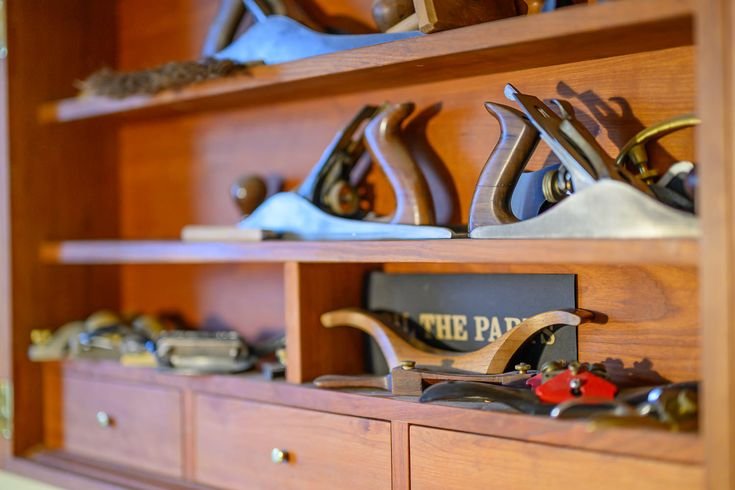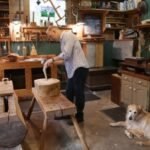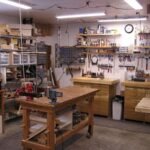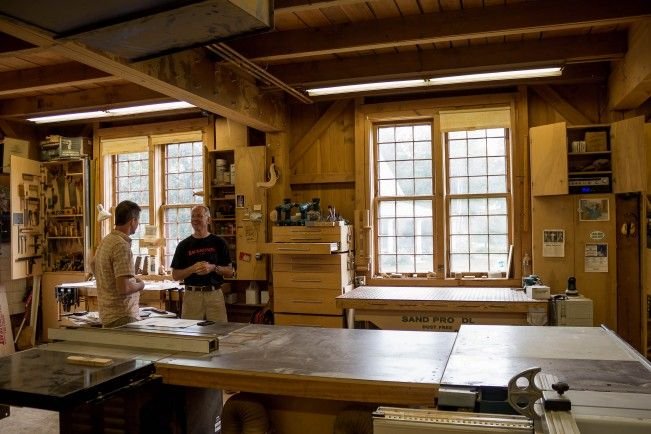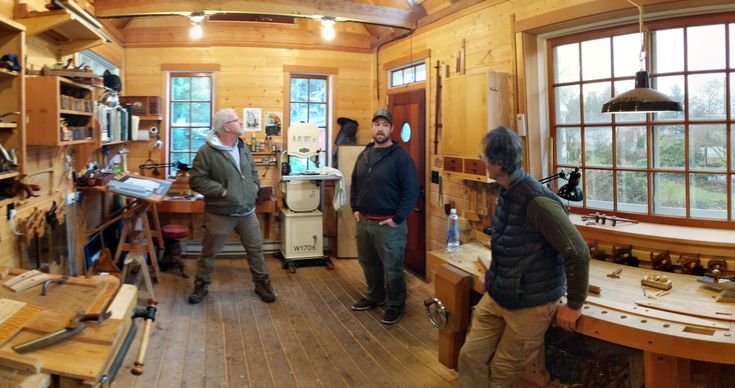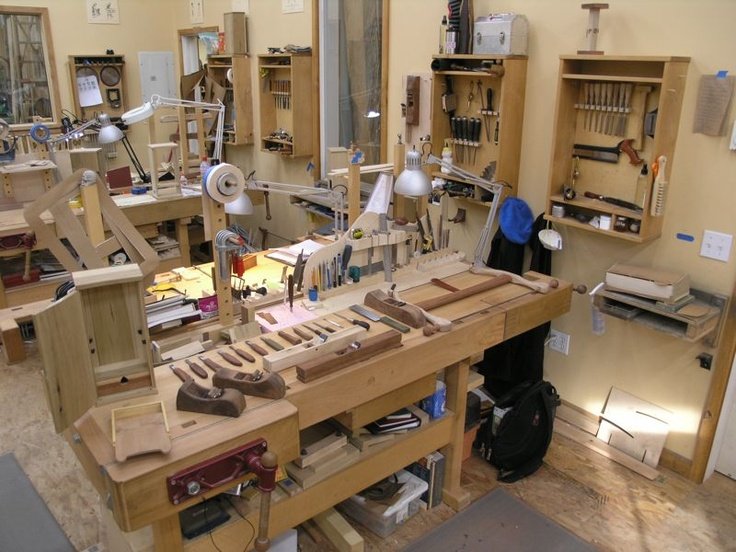Just Me and My Power Tools
You know, there’s something oddly comforting about the sound of a table saw humming away in the garage. It’s like a loyal companion, a steady reminder that those weekend woodworking projects are just a heartbeat away. Eventually, I wound up with a lot of power woodworking machines sprawled out in my tiny garage, and believe me, not all of them have been smooth sailing.
Now, I remember when I bought my first power tool—a used DeWalt miter saw. I can still smell that faint, metallic odor of the blades, mixed with a hint of sawdust from previous owners who probably knew their way around a workbench better than I did. I was excited, like a kid on Christmas morning, convinced I’d whip up something miraculous.
So, my first project was supposed to be a simple outdoor bench. I had seen countless plans online and thought, "How hard could it be?" But let me tell ya, the road to that bench was filled with twists, turns, and plenty of exasperated sighs.
I grabbed some cedar boards, thinking they were tough enough to withstand the elements. Cedar smells amazing—fresh and earthy, like hanging out in the woods—but an inexperienced woodworker can easily underestimate a board’s characteristics. So, there I was, buzzing away with the saw, feeling all proud of myself, until it hit me: I didn’t account for the warping.
I swear, I almost ran out of the garage when that first piece snapped when I tried to join it! The sound echoed through my little town. I caught myself laughing at how ridiculous I must have looked—there I was, all decked out in safety goggles and a dust mask, practically jumping as if I’d touched a live wire.
But after that initial panic, something clicked. I realized it wasn’t about creating a flawless project on the first run but about learning as I went. So, I took a step back, sipped my coffee, and just… pondered. A friend of mine, let’s call him Billy, often told me that woodworking is just about embracing the imperfections. I could hear his voice in my head, and it was a lightbulb moment.
As I regrouped, I started paying more attention to the tools themselves. I ended up picking up a sander—a Rockwell model, if I remember right. Now, I hadn’t realized the magic you could work with just this simple device. I had spent hours with hand sanders, feeling like I was stuck in a never-ending cycle of dust and grit. But that power sander? Totally game-changing. The sensation of moving it across the wood felt like pure joy. The whirring sound, the clouds of sawdust floating lazily in the air, it was like the wood was coming alive under my hands.
And then there was the finish—it made all the difference. I used a mixture of mineral oil and beeswax; if you’ve never tried it, do. That warm, sweet smell wafting through the garage as everything came together was downright euphoric. I still chuckle at how I almost left the bench unfinished because I thought it would look “rustic.” But then I thought, what’s the point of putting in all that effort only to leave it looking scrappy?
Now, you’d think once I finished that bench, I would’ve been ready to take over the world. But no. I had my eye on a larger project—a bookcase. My wife wanted a custom-built one, and I couldn’t let her down. I’m telling you, the pressure was on. I dove into the internet rabbit hole, consuming videos, blogs, and anything I could get my hands on. Those luxury brands and fancy hardwoods? They were calling my name. I ended up with some oak—beautiful wood, but man, was it unforgiving!
That bookcase taught me a lot about precision, or rather, my lack of it. I needed to make a rip cut for the shelves. But silly me, I forgot to adjust the blade height, and when I made that first pass, I swear I could feel my stomach drop. That noise—oh, it still echoes in my mind. The blade caught too low and splintered the edge. I almost flung my coffee cup across the room. I mean, just what was I thinking?
I had to swallow my pride and make a trip to the local hardware store, which, by the way, has the best people who know your name and the projects you’ve tackled. They walked me through how to fix the mistake, showing me the exact tools I needed to avoid recreating my headache. I grabbed some wood glue, clamps, and walked out feeling like I’d learned some sort of secret handshake.
Eventually, I got it all together. The sound of the final sanding, the feeling of the friction as I smoothed out those edges—it was like a tightrope act. I held my breath as I put it all together. And when it finally stood upright, I remember just staring at it, heart racing. I found myself fighting back tears—not from frustration but sheer pride. It wasn’t perfect, no way, but it was mine.
So, you know, if you’re thinking about diving into the world of power woodworking machines, just go for it. There’s a learning curve, for sure, but embrace the stumbles and those little heart-racing moments. Sometimes, it’s those foolish mistakes that lead to the best stories—and the most beautiful pieces of wood. Just remember, it’s not about being perfect. It’s about the journey, the lessons learned, and the memories you’ll create along the way. And who knows? Maybe you’ll even find your own signature scent of sawdust mixed with fresh coffee. Isn’t that what it’s all about?

